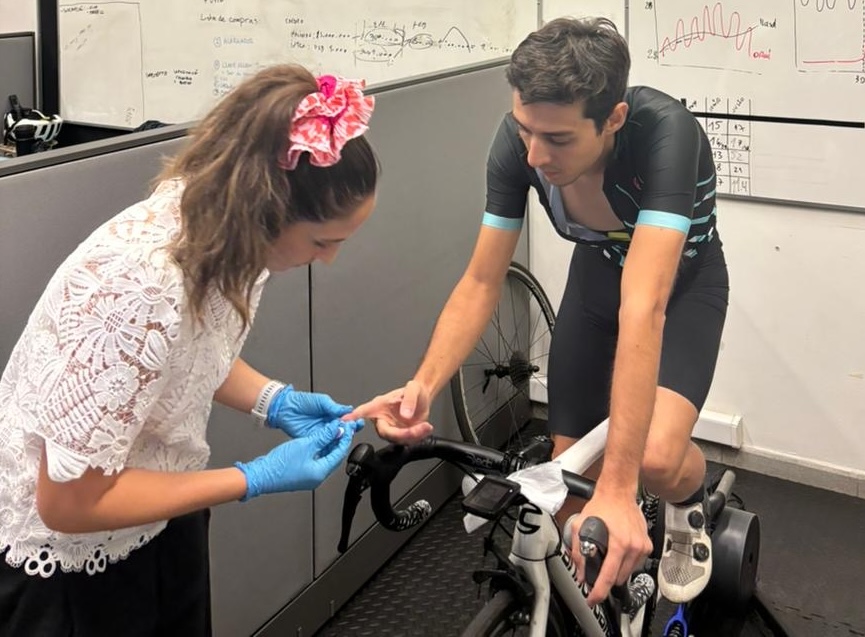Understanding the maximal lactate steady state (MLSS) is crucial for endurance athletes, as it signifies the highest intensity one can sustain without causing significant intramuscular or blood pH imbalances. Essentially, MLSS is a key indicator for gauging endurance performance, reflecting the ability to maintain a high aerobic rate during prolonged exercise.
Breakthrough Study: Ventilatory Thresholds and MLSS
A groundbreaking study has revealed a novel approach to estimating MLSS by examining the midpoint between ventilatory thresholds (MPVT) in amateur cyclists. This research offers promising insights that can be applied to enhance training protocols for endurance athletes.
Study Methodology
Twelve amateur cyclists participated in the study, undergoing a series of tests, including a maximal incremental test and several constant load tests, to determine their MLSS. Researchers compared MLSS with various physiological markers:
- First ventilatory threshold (VT1)
- Second ventilatory threshold (VT2)
- Respiratory exchange ratio equal to 1 (RER = 1.00)
- Maximal workload
Key Findings
Accuracy of MPVT: The study found that MPVT closely aligns with the workload at MLSS, showing a minimal difference of -27.5 ± 15.1 watts. When adjusted by subtracting 27 watts, the average difference between MLSS and MPVT narrows to -3.2 ± 12.4 watts, highlighting MPVT as a reliable predictor of MLSS for amateur cyclists.

Comparative Markers: VT1 tended to underestimate MLSS, while VT2, RER = 1.00, and maximal workload overestimated it. This underscores the accuracy and superiority of MPVT in predicting the optimal training intensity.
Practical Applications for Coaches and Athletes
Precision Training
Integrating MPVT into training protocols allows for pinpoint accuracy in determining the intensity that drives essential physiological adaptations, thereby enhancing endurance without risking overexertion.
Enhanced Performance
Training near MLSS can significantly boost endurance, leading to improved performance during races. Athletes can optimize their training zones and focus on intensities that yield the best results.
Efficient Training
Using MPVT to set personalized training zones ensures maximum training efficiency. Athletes can make informed decisions about their training intensities, promoting smarter and more effective training sessions.
Conclusion
This study highlights the value of understanding ventilatory thresholds in optimizing endurance training. For coaches and athletes aiming to elevate their performance, incorporating MPVT as a marker to estimate MLSS offers a scientifically backed method to train smarter and achieve peak performance.
By leveraging the insights from this research, athletes can fine-tune their training strategies, pushing their limits and reaching new heights in their respective disciplines.
Stay tuned with CHASKi for more expert tips and information that will help you reach your endurance goals faster and more effectively. Embrace the power of MPVT and unlock your full potential in endurance sports.
For more information read the full article here: Peinado AB, et al. (2016). The midpoint between ventilatory thresholds approaches maximal lactate steady state intensity in amateur cyclists. Biology of sport, 33(4), 373–380. https://doi.org/10.5604/20831862.1221812

